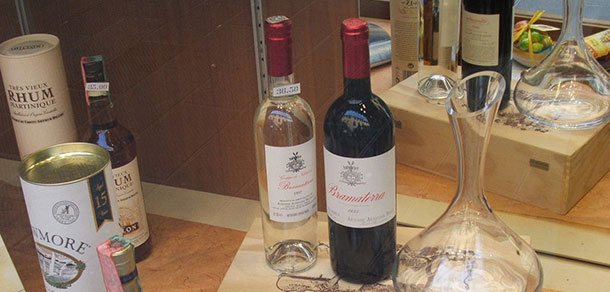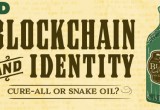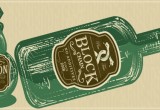Blockchain secures wine, hints at digital identity future
29 December, 2016
category: Digital ID
How would blockchain– the building blocks (so to speak) underlying bitcoin – secure digital identity? A great example can be found in a new effort to use it to secure ultra expensive wines.
A British startup called Everledger is applying the cryptographic technique to the wine trade to replace the outdated paper-based proof of provenance with a modern approach. Today, wine traders rely on physical documents with official stamps and signatures to validate vintage. With single bottles fetching upwards of $100,000 the wine trade has become attractive to fraudsters.
It is estimated that 20% of international sales are from counterfeit wine, according to Finextra. Everledger is hoping to turn that tide via blockchain.
Blockchain — also called distributed ledger technology – uses an unalterable cryptographic record to follow an asset throughout its life. In its most publicized application, the chain tracks symbolic digital currency – bitcoins — as they are spent and thus passed between owners. The cryptography enables bitcoins to be publicly verified as authentic before they are accepted for payment. And with each subsequent exchange the coin’s blockchain or cryptographic ledger is updated acknowledging the new transaction.
In the wine world, an accepted method of authentication relies on a series of more than 90 data points to define each individual bottle. In the past, this data was collected and managed via paper records. Everledger, in concert with IBM, is moving that data to the blockchain. By storing this provenance information along with anonymous but verifiable ownership and storage records, potential buyers will be assured they are buying the real thing, from the rightful owner and even that the wine has been properly maintained.
Wine is not Everledger’s first go at this type of thing. The company has already certified more than a million diamonds using a blockchain-based certification system to track stones between owners. According to a report in The Australian, the project “has all the major certificate houses signed up, as well as four big London insurance companies.”
So does this approach to diamonds or wine translate to the highly hyped opportunity for blockchain in digital identity?
Similarly, a digital identity solution might only provide identity attributes – such as gender or age – without providing a host of personal details unnecessary to the transaction at hand
Imagine that rather than actually purchasing a wine, you were such an enthusiast that you simply wanted to see it. Still you might want to insure that it was valid before you hopped on a plane to go visit, and you could do so by cryptographically checking its blockchain or ledger. This could be done remotely before you travel.
In the same way, you could verify an individual’s identity using their ledger. Take this a step further and imagine you only cared to verify one of the wine’s 90 characteristics. Say you were a screw top wine snob. You only wanted to ensure that a cork did not seal the wine. You could request or be granted access to only that information.
Similarly, a digital identity solution might only provide identity attributes – such as gender or age – without providing a host of personal details unnecessary to the transaction at hand.
In this example, a person is not unlike a wine, a diamond or a unit of cryptocurrency. They are remote, unknown and yet via blockchain … knowable.




